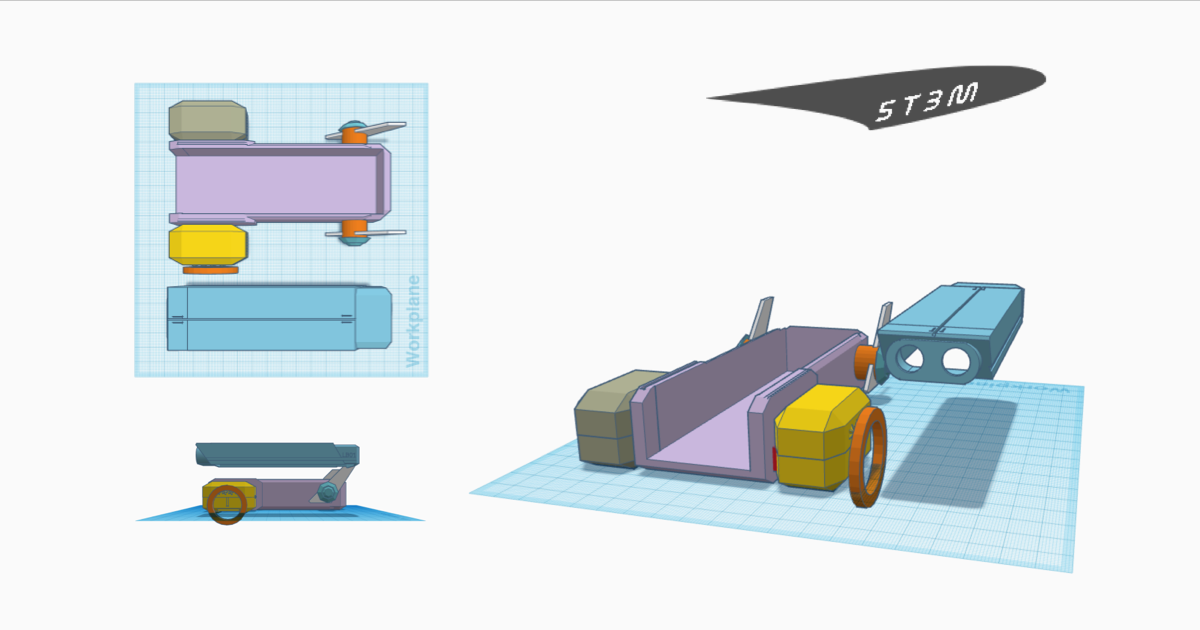In recent years, 3D printing has emerged as a groundbreaking technology that has revolutionized various industries, from healthcare to manufacturing. Beyond its industrial applications, 3D printing has also found its place in educational settings, particularly in the realm of STEM (Science, Technology, Engineering, and Mathematics) education. This article explores the relevance and impact of integrating 3D printing skills into STEM education, shedding light on its potential to empower students and prepare them for the future.
The Rise of 3D Printing:
Before delving into the educational implications, let us briefly acknowledge the exponential growth and significance of the 3D printing industry. According to market research, the global 3D printing market is projected to reach a value of $50 billion by 2026. This demonstrates the widespread adoption of 3D printing across various sectors and highlights the need for a workforce skilled in this technology.
Integrating 3D printing into STEM education provides students with an immersive and interactive learning experience. By allowing students to transform their digital designs into tangible objects, 3D printing bridges the gap between theoretical concepts and practical applications. This hands-on approach fosters creativity, problem-solving skills, critical thinking, and collaboration among students, making learning more engaging and impactful.
Relevance to STEM Industries:
As we delve into the importance of acquiring 3D printing skills, it becomes evident that this technology has become an essential component of various STEM industries. From architecture and engineering to medicine and product design, 3D printing has revolutionized prototyping, manufacturing, and customization processes. Consequently, professionals equipped with 3D printing expertise are highly sought-after in these industries, opening up new and exciting career pathways for students.
Building a Foundation for Future Technologies:
By incorporating 3D printing into STEM education, students are exposed to cutting-edge technology at an early stage. This exposure not only prepares them for the evolving job market but also ignites their curiosity and interest in emerging technologies such as robotics, artificial intelligence, and virtual reality. By cultivating a foundation in 3D printing, students develop a mindset of adaptability and innovation, ensuring they are well-equipped to navigate the challenges and opportunities of the future.
As we witness the rapid advancement of technology in our society, it is crucial to equip the next generation with skills that will empower them to thrive in this digital era. Integrating 3D printing into STEM education offers a myriad of benefits, from enhancing learning experiences to bridging the gap between academia and industry demands. By fostering creativity, critical thinking, and problem-solving abilities, 3D printing paves the way for a new generation of innovative thinkers and skilled professionals.
In conclusion, 3D printing holds immense relevance and impact in the field of STEM education. By providing students with hands-on experiences, preparing them for future job opportunities, and fostering a passion for emerging technologies, 3D printing cultivates a generation of students ready to shape the industries of tomorrow.



